This has got to be the most unintentionally hilarious one ever :)) utter innocence on three counts:
a) whether a stable form of Bali iconography exists (it doesn't)
b) how a "Christian saint like Jesus" (!) is depicted
c) most cripplingly, what native Indians really look like!
a) whether a stable form of Bali iconography exists (it doesn't)
b) how a "Christian saint like Jesus" (!) is depicted
c) most cripplingly, what native Indians really look like!

Here's a small sample of Bali iconography picked from Wikipedia. This is from Badami, Karnataka, 7th c AD, with the Bali figure highlighted on the right. Doesn't look very much like a member of the "choti and thread" club :))) 

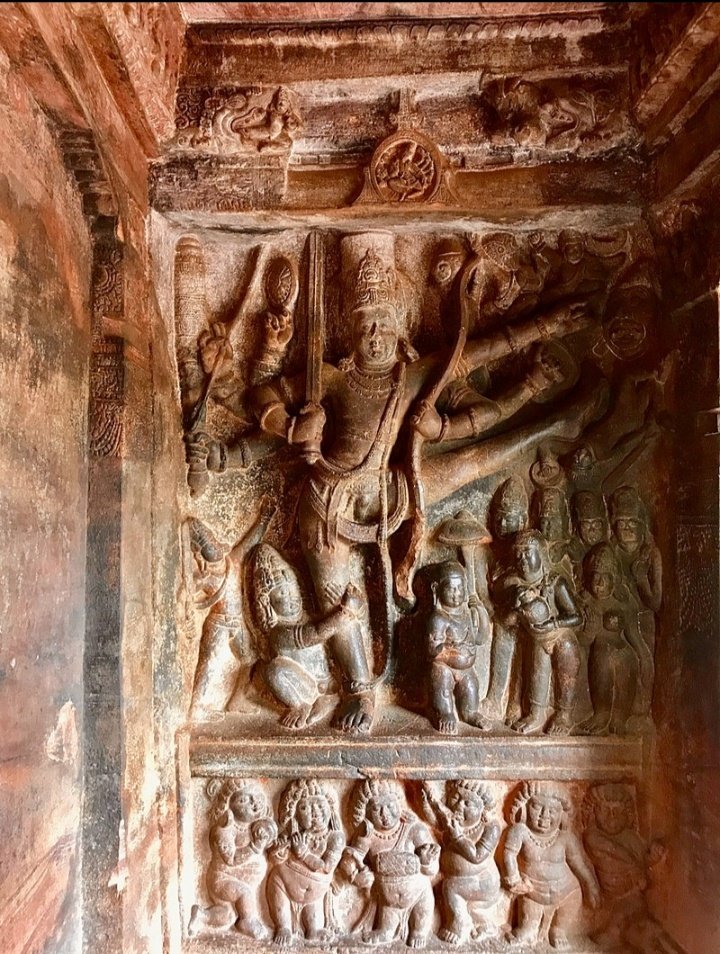
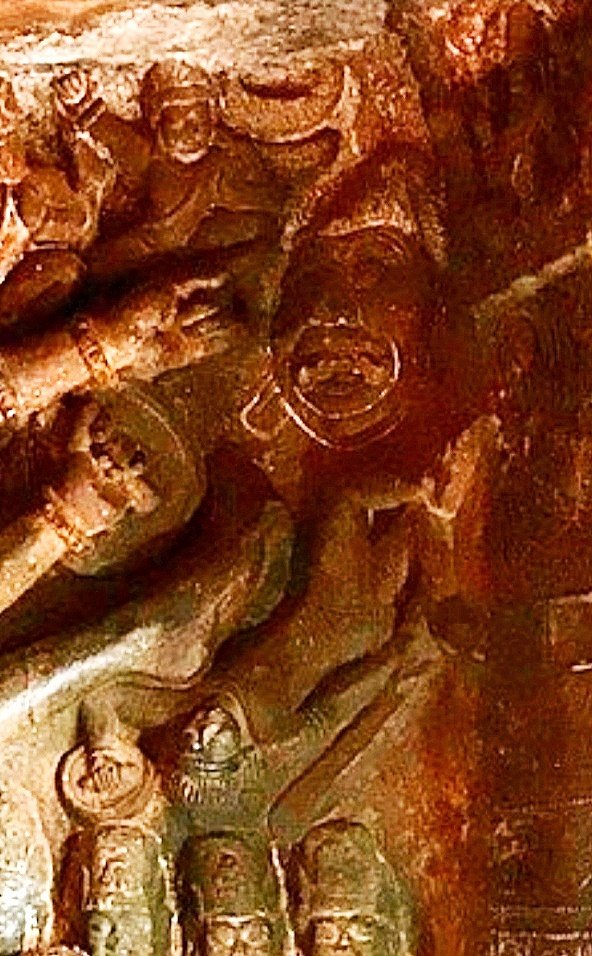
Here's another. Choti-thread? Why on earth (or sky or pataal) would they at all want to turn a Daitya king into that? 
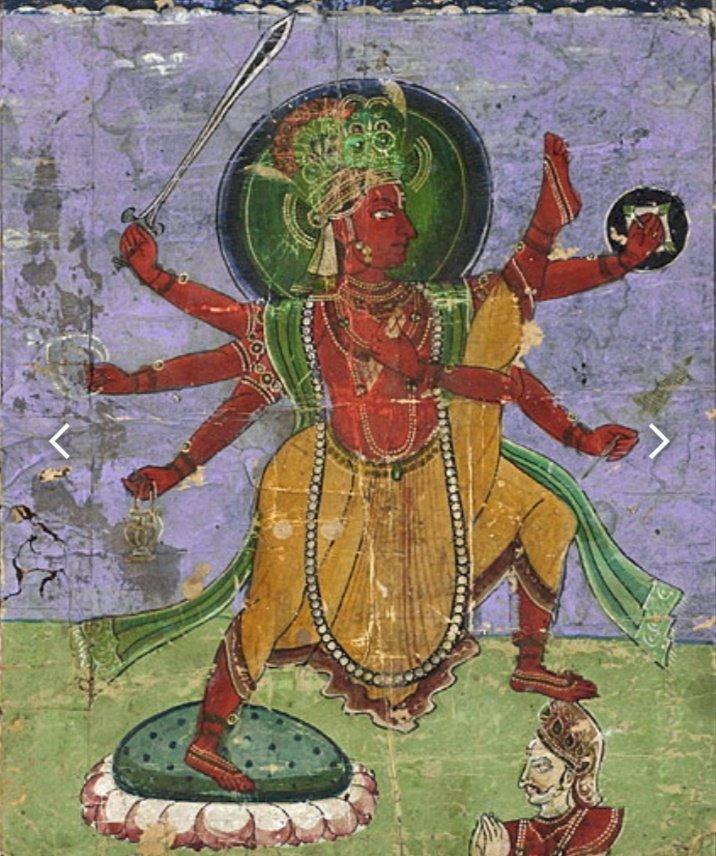
One more. Calcutta Art Studio. Which would make it 19th c Bengal (the same aesthetic zone that gave birth to the first visualised Bharat Mata, so don't diss it in a hurry). 
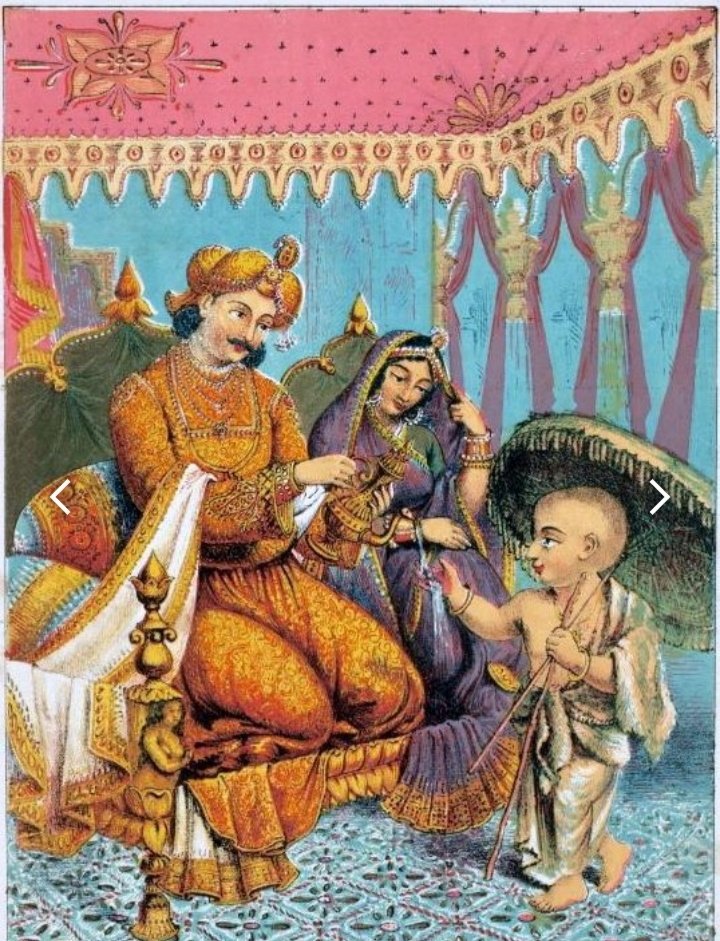
As for the risibly sorry misidentification of a generalised Dravidian physiognomy, it can only come from an amazing bit of innocence. Here's two images of the prototype, from colonial-era ethnography. It's something all of us all over India know as part of the deepest part of us. 

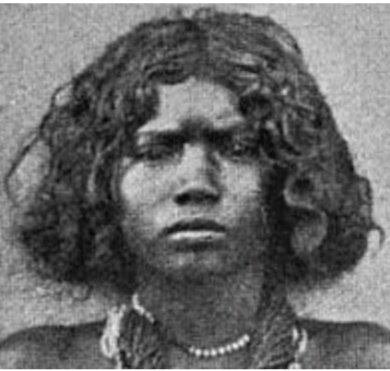

Mea culpa: important corrigendum. @TIinExile points out that the figure on the right is the celestial Rahu, not Bali. Have no problem accepting if there was error. The sum and substance remains utterly unaffected, as I will elaborate there in time.
https://twitter.com/TIinExile/status/1300466314964729856?s=19
• • •
Missing some Tweet in this thread? You can try to
force a refresh







